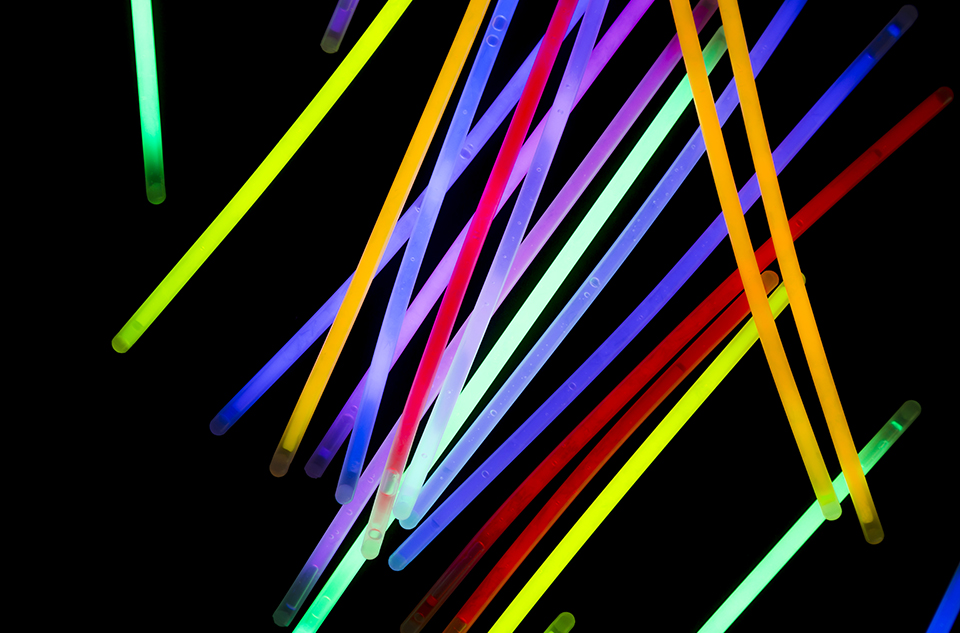Time:2025-05-27
Architectural lighting transcends mere functionality—it shapes identities, enhances safety, and creates emotional connections. Weatherproof RGB neon flex has emerged as a transformative solution, blending vibrant aesthetics with resilience to redefine how buildings and public spaces are illuminated. This article explores its role in modern architecture, technical advantages, and innovative applications that merge art with engineering.
The Imperative of Weatherproof Lighting in Architecture
Outdoor architectural elements face relentless exposure to rain, UV radiation, temperature extremes, and pollution. Weatherproof RGB neon flex addresses these challenges through:
Robust Encapsulation: Silicone or PVC coatings shield internal components from moisture, corrosion, and physical impacts.
UV Stability: Resists color fading and material degradation, ensuring long-term vibrancy in sun-drenched environments.
Thermal Resilience: Maintains performance in climates ranging from desert heat to freezing winters.
These features make it indispensable for projects demanding both visual impact and longevity.

Advantages Redefining Architectural Possibilities
Dynamic Color Control: RGB technology enables millions of color combinations, allowing buildings to shift hues for holidays, events, or brand campaigns.
Flexible Design Integration: Bendable strips adapt to curves, angles, and textured surfaces, illuminating intricate facades or sweeping bridges.
Energy Efficiency: LED-based systems reduce power consumption versus traditional lighting, aligning with green building certifications.
Low Maintenance: Durable construction minimizes replacements, crucial for hard-to-reach installations like skyscrapers or monuments.
Applications Transforming Urban Landscapes
Facade Accentuation: Outline architectural contours, windows, or logos to create iconic nighttime silhouettes.
Bridges and Infrastructure: Enhance safety and aesthetics on pedestrian walkways, suspension cables, or tunnel entrances.
Public Art and Monuments: Collaborate with artists to craft light-based installations that reflect cultural heritage or social themes.
Landscape Lighting: Illuminate pathways, water features, or botanical gardens with weather-resistant, color-adaptive solutions.
For example, a historic theater in Barcelona revived its Art Deco facade using RGB neon flex, dynamically highlighting architectural details during performances.
Installation Best Practices for Longevity
Surface Preparation: Clean and dry substrates thoroughly to ensure adhesives bond effectively, especially on porous materials like stone or brick.
Secure Mounting: Use corrosion-resistant brackets or aluminum channels in high-wind areas to prevent sagging or detachment.
Waterproof Connectors: Seal junctions with silicone gel or IP-rated connectors to prevent moisture ingress.
Power Distribution: Employ balanced circuit layouts and surge protectors to avoid voltage drop in expansive installations.
Emerging Trends in Architectural Lighting
Smart City Integration: Sync lighting with IoT platforms for real-time adjustments based on traffic, weather, or energy grids.
Interactive Experiences: Motion sensors or app controls let pedestrians alter colors, fostering community engagement.
Circular Design: Recyclable materials and modular systems support sustainable urban development goals.
Minimalist Aesthetics: Slim-profile strips integrated seamlessly into structures for subtle, sophisticated illumination.
Overcoming Architectural Challenges
Preservation Compliance: Use non-invasive mounting techniques on heritage sites to protect structural integrity.
Light Pollution Mitigation: Opt for directional lighting and warm tones to reduce skyglow and comply with dark-sky initiatives.
Budget Alignment: Phase installations to prioritize high-impact zones, balancing upfront costs with long-term savings.
Case Studies: Visionary Implementations
Urban Renewal Project: A waterfront district in Seoul used RGB neon flex to transform a derelict bridge into a dynamic art piece, boosting tourism.
Corporate Campus: A tech giant’s headquarters featured color-shifting strips on its glass atrium, symbolizing innovation while reducing energy use by 40%.
Sustainable Park: A Singaporean park integrated solar-powered neon flex into boardwalks, creating self-sufficient pathways that adapt to lunar cycles.
Conclusion
Weatherproof RGB neon flex for architectural lighting is redefining urban environments, merging artistic expression with cutting-edge engineering. Its ability to withstand harsh conditions while offering dynamic, energy-efficient illumination positions it as a cornerstone of modern design. As cities prioritize sustainability and interactivity, this technology will play a pivotal role in shaping spaces that inspire, engage, and endure.
For architects and planners, embracing weatherproof neon flex means not just illuminating structures—it means crafting legacies that resonate day and night.